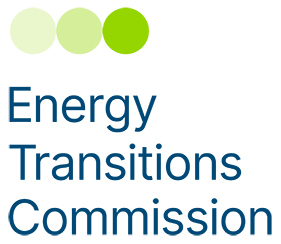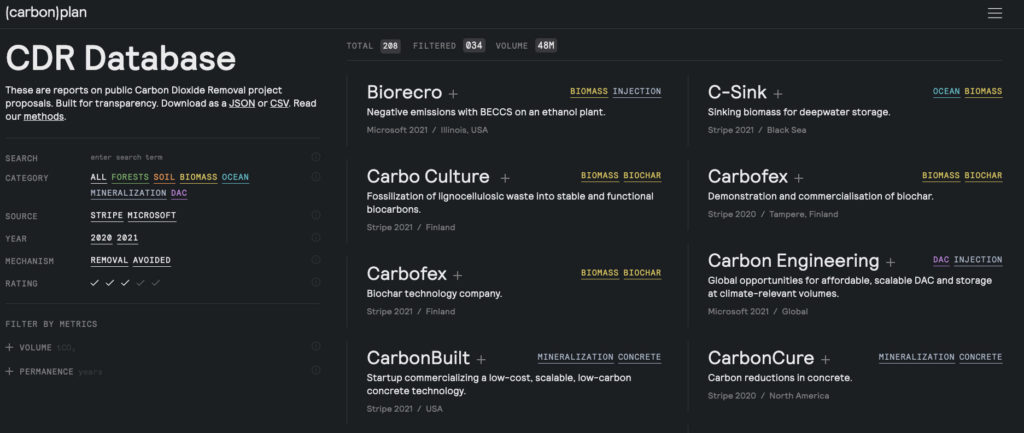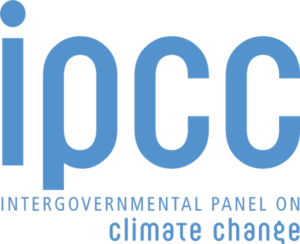CDR.fyi 2023 Mid-Year Progress Report
- August 2023
- Robert Hoglund
CDR.fyi's half year report provides a fascinating glimpse into the CDR market, showing massive growth in purchasing - now at 4.1 million tonnes for the year with a forecast of 7 million tonnes to the end of the year (but just 34,000 tonnes already delivered). This succint report analyses the progress made and what's needed - 40-50% compound annual growth rate over the next 27 years to get to the gigatonne scale needed.
- Rethinkings






























